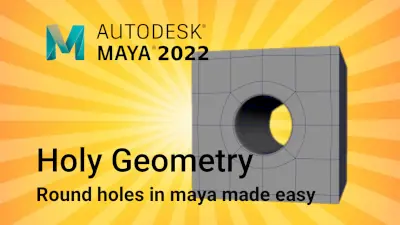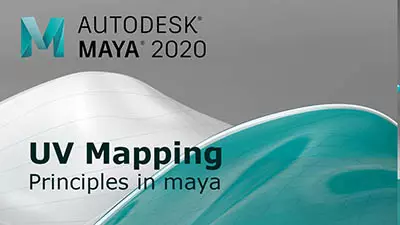Substance Painter
In this start to finish texturing project within Substance Painter we cover all the techniques you need to texture the robot character.
#
1
16-01-2015
, 01:50 PM
Registered User
Join Date: Jan 2015
Join Date: Jan 2015
Posts: 2
instObjGroups
I've converted a Solidworks assembly in Polytrans and exported as OBJ. In XSI, the OBJ would have the different materials on a surface as clusters that I can easily apply a new material to. In XSI, I could select the clusters and easily redefine them or remove them as needed.
In Maya, (as a complete newbie), I'm trying to understand how these materials are attached to the model. I can see the materials in Hypershade that correspond to the different materials on the surface (actually it appears to create a shading group for each of the imported materials). In outliner, I also see something called "instObjGroups" with a collection of children that appear to correspond to the materials as well. Since these instObjGroups and children are greyed out, it doesn't appear I can do anything with them directly - my expectation was that I select one and the polygons associated with it would be highlighted in the scene.
In an ideal world, I'd love to be able to select the instObjGroups (which I'm interpreting as what XSI would call a cluster) - group these clusters and apply a material to that group.
Is it possible to see shading groups and materials in the Outliner view - I'm hoping to find the equivalent to the "Explorer" view in XSI. I see materials in the Relationship Editor in Render Layers mode - but nothing appears to be connected as I would expect.
#
2
16-01-2015
, 02:08 PM
EduSciVis-er
Join Date: Dec 2005
Join Date: Dec 2005
Location: Toronto
Posts: 3,374
A couple ways that are typically used to go between materials and polygons are:
1) In the hypershade, you can see all your materials. If you RMB and swipe right on a material, you can "Select Objects with Material" whether that is whole objects or polygons within an object.
2) If you select an object, in the attribute editor you will find tabs corresponding to the materials applied to that object.
3) If you RMB on an object and select Material Attributes... you will get the attributes of the material applied to the object (doesn't work with materials applied to components).
4) In the hypershade, select a material, and graph it. Then select the shading group node (which controls the relationship between a material and objects) and graph that (Graph > Input and Output connections). Then you can see the geometry that has the material applied.
I hope that helps. Good luck and welcome to Maya and SimplyMaya.
#
3
16-01-2015
, 03:09 PM
Registered User
Join Date: Jan 2015
Join Date: Jan 2015
Posts: 2
Posting Rules Forum Rules
Topics
Free Courses
Full Courses
VFX News
How computer animation was used 30 years ago to make a Roger Rabbit short
On 2022-07-18 14:30:13
Sneak peek at Houdini 19.5
On 2022-07-18 14:17:59
VFX Breakdown The Man Who Fell To Earth
On 2022-07-15 13:14:36
Resident Evil - Teaser Trailer
On 2022-05-13 13:52:25
New cloud modeling nodes for Bifrost
On 2022-05-02 20:24:13
MPC Showreel 2022
On 2022-04-13 16:02:13







